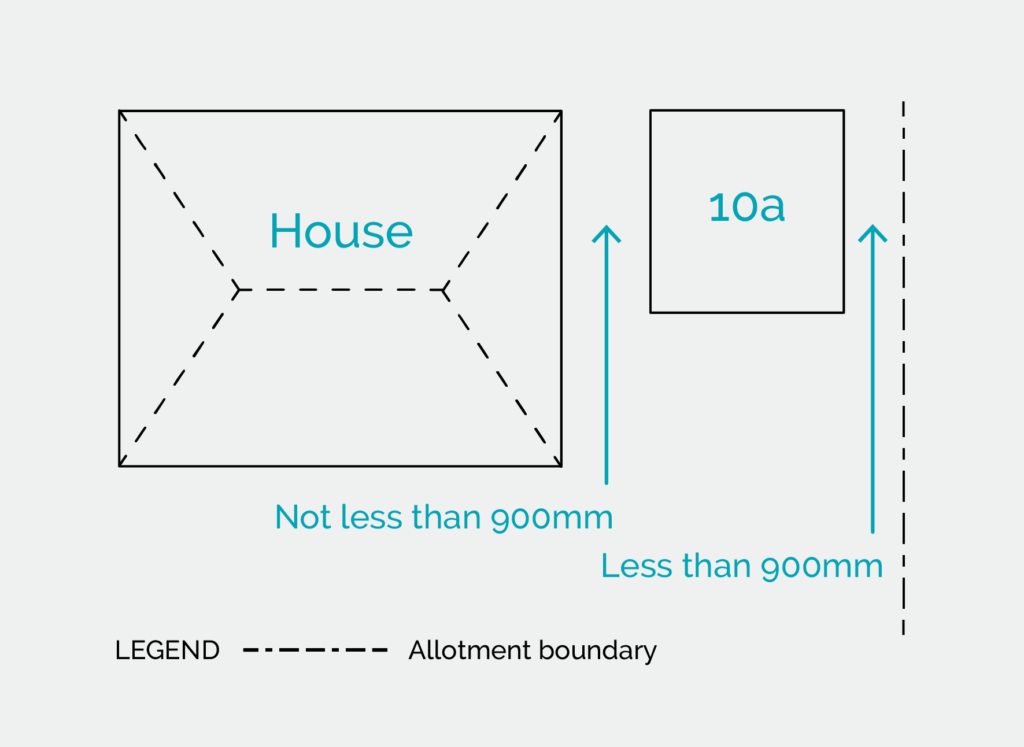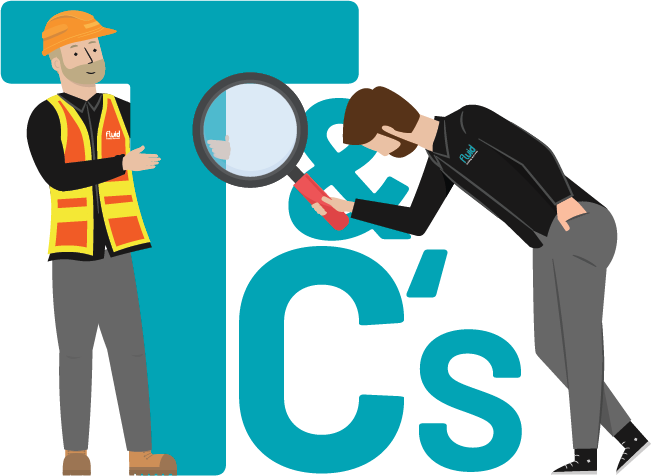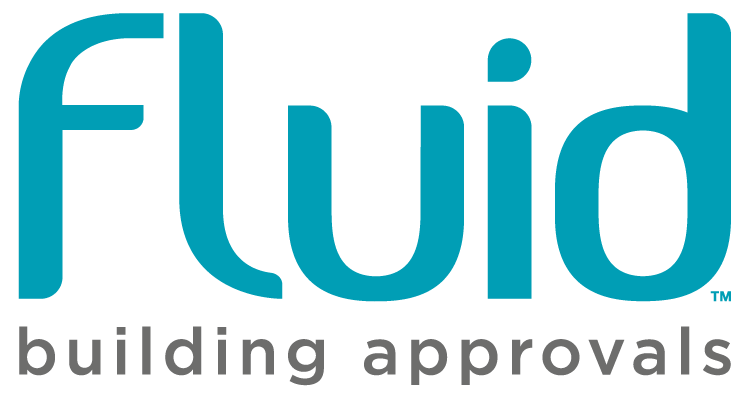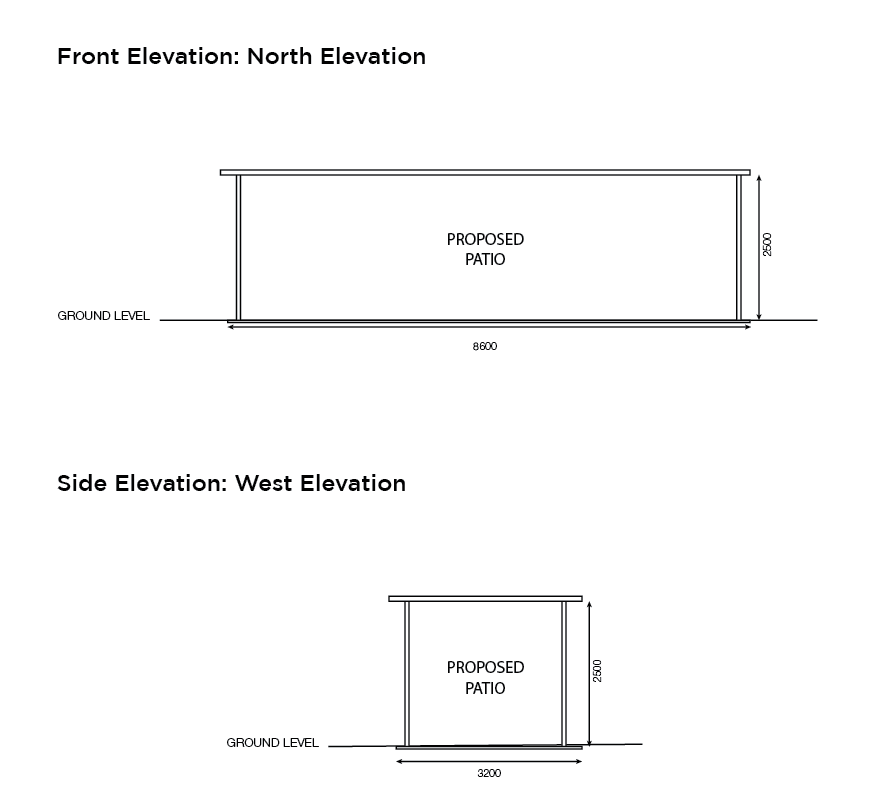
Mecano Shed, Garage or Carport customers get
10% off*
*Includes assessment of plans, property searches, building approval, one final inspection and document lodgement with council.Terms & conditions apply, see reverse for details.




MECANO SHED, GARAGE OR CARPORT CUSTOMERS GET
10%*
*Includes assessment of plans, property searches, building approval, one final inspection and document lodgement with council.Terms & conditions apply, see reverse for details.




BUILDING APPROVALS FOR YOUR MECANO SHED, GARAGE OR CARPORT
Up to 100m2 – per structure
$820*
inc. GST
*Includes assessment of plans, property searches, one final inspection and document lodgement with council. Terms & conditions apply, see reverse for details.
Select Option 2 – Detailed Site Plan
Fluid Building Approvals have been experts in building certification for over 15 years.
We are a client focused company providing fast, affordable and easy building approvals!
WHAT WE NEED FROM YOU
Typical Class 10 structures, (shed, garages and carports) are non-habitable building or structures which require approval from council. That’s where Fluid can help!
However, in order to move forward, Fluid require the structual plans and a Form 15 Engineering Certificate that come supplied, or on request, from your shed/ garage/ carports supplier. In addition, we require a drawn site plan showing where your structure will go AND an elevation to show the height of your structure.
Not sure how to draw a site plan? No worries – the following section provides all the necessary information we need from a site plan if you want to draw your own.
HOW TO DRAW A SITE PLAN – CLASS 10
The adjacent diagram is a typical site plan for a proposed carport and patio.
Site plans enable the Fluid team to see where the proposed structure will be constructed on the property, and to ensure it complies with building codes and regulations.
Please ensure the building plans you provide are:
Location of street
Dimensions of all property boundaries (length and width)
Dimensions of existing and proposed structures and distances between structures
Structures labelled
North point
Property details (address etc.)
To assist you with the plan, the location of your house on your block of land may be available from council archives.
HOW TO DRAW AN ELEVATION – CLASS 10
The plan below is a typical elevation drawing showing the proposed carport from the south elevation.
Elevations provide our ceritifers with a better understanding on what the the existing and proposed structures will look like, and how they are associated with each other.
When drawing an elevation, it is important to show anything that cannot be determined through a floor plan – such as ceiling clearances, stair heights and window and door heights.
Please ensure the elevations you provide have:
- Plan to dimension overall and head clearance
- Demonstrate existing and proposed work (if applicable)
- Location of stairs (if applicable)
- Direction of elevation
OUR BUILDING APPROVALS PROCESS
What can you expect and what action is required during the building approvals process.
STAGE ONE – QUOTE & ASSESSMENT
Our quote specialist will review your information and plans, and note council fees and Fluid fees on your quote.


STEP ONE
Client quote enquiry is submitted


STEP TWO
Our quote specialist assesses your information


STEP THREE
Agreement is signed by client and payment is received to Fluid
STAGE TWO – PENDING APPROVAL
A Fluid certifier and client relationship specialist will be assigned to your project.
Once the required information is collected, assessed and approved, documentation is lodged with council (and a copy sent to you!)


STEP FOUR
Fluid conduct the necessary searches and assess information


STEP FIVE
Plans and documents are approved


STEP SIX
Paperwork is lodged with council
STAGE THREE – FINALISING & APPROVAL
Building works can commence at this stage, with an inspection carried out once the project is complete to ensure compliance with legislation.
Once approved, the certifier will issue a final approval form.


STEP SEVEN
Building works can commence


STEP EIGHT
Required inspections carried out


STEP NINE
Certifier issues final approval form
ADDITIONAL INFORMATION / COMMON FAQ'S
Are you engaging a licensed builder or completing the works as owner builder?
If you are engaging a licensed builder and the building works are over $3,300 a QBCC Notice of Cover is required.
If you are completed the works as owner builder and the building works are over $11,000 a QBCC Owner Builder Permit is required.
Can I build it close to my boundary?
Unfortunately, there is no quick way to advise you of how close to the boundary you can build. However, what we can advise is you design the shed and location to your liking and when we assess, we can advise if the proposal is compliant and if not, what needs to be done to achieve compliance. If you would still like to know upfront, we can suggest calling your local council and they will be able to provide you with the necessary information for your property.
Can I build it next to my house?
Yes, however this is dependent on the proximity to the boundaries. 900mm separation needs to be allowed for, between the house and the shed, or between the shed and the boundary. See below:


A) 900mm from allotment boundary
The Class 10a building is not less than 900mm from the allotment boundary, other than the boundary adjoining a road alignment or other public space.


B) The Class 1 building is not less than 900mm from the Class 10a building
What do I need to certify my shed?
Accurate site plans and elevations, Structural engineering and Form 15, QBCC insurance and other applicable council approvals that maybe required.
Disclaimer – the requirements are site and council specific, this is general information only and a full assessment of your property and project is required to provide further advice regarding the certification


PROMOTION TERMS & CONDITIONS
INCLUSIONS:
Includes the assessment of plans for a single domestic Class 10a Mecano shed, garage or carport to check the compliance against relevant building codes, property searches, final inspection and document lodgement within Fraser Coast region.
EXCLUSIONS:
Please note: If your proposal requires an additional council application, you can either a) lodge it yourself, or b) engage Fluid Building Approvals to prepare and lodge each type of application required on your behalf. For which, Fluid Building Approvals will charge a fee in addition to the applicable council charge, for each type of application required. Fluid Building Approvals may discontinue this offer at any time without notice.
CLASS 10A
FREQUENTLY
ASKED QUESTIONS
Find out the answers to some of the most common questions asked by our clients.
In most cases, yes you will need building approval for a new structure. There are some types of minor work that are considered ‘accepted development’, meaning it does not need a building approval. Some examples of accepted development, as per the Building Regulation 2021, are:
– Structures under 10m2, where it is no more than 2.4m high overall, and has a mean height of not more than 2.1m, and where no side of the structure is longer than 5m
– Unroofed decks under 1m in height
– Boundary fences under 2m in height
– Cubby houses under 3m in height
– Farm sheds for agricultural, floricultural, horticultural, or pastoral purposes where over 200mm from all boundaries.
Yes, you can draw the plans yourself provided they are legible and reflect the property. You can find information on how to draw a site plan here. A great tool for assisting you to draw the plans is Queensland Globe which provides up to date aerial imagery and can be printed to scale. An appropriate scale for a site plan is 1:200, 1:250, 1:500, 1:1000, depending on the size of the lot. Noting not to forget to include elevations, as we need to know the height of your proposal as much as we need to know the length and width of it.
The answer to this depends on the property that the class 10a building is proposed to be located on and which boundary you want to build closer to. It should be noted that there are two main components to building near a boundary: Setbacks and Fire Separation.
For general advice on setbacks for class 10a structures, please see our setback guide here (< hyperlink to general setback guide).
Fire separation is a legislative requirement under the National Construction Code Volume Two Part 3.7.2. Generally, a class 10a structure requires 900mm separation from the side and/or rear boundary if it is attached to or less than 900mm from the house. Open carports that have single skin steel or polycarbonate roofs are generally exempt from this requirement, however may need 500mm from the side and/or rear boundary.
Compliance with both setbacks and fire separation requirements are needed to be able to issue a building approval. Obtaining Council approval for the setbacks does not override the requirement to comply with fire separation.
Compliance with both setbacks and fire separation requirements are needed to be able to issue a building approval. Obtaining Council approval for the setbacks does not override the requirement to comply with fire separation.
In most instances you can build a class 10a structure over or near a sewer line. There may be additional engineering requirements and / or a Build Over Sewer (BOS) application required to do so.
In most instances you can build a class 10a structure over or near a stormwater line. Due to the size of the infrastructure, in many proposals where the work is within 3m of the stormwater line, a Build Over Stormwater (BOSW) application is required. Additional engineering, CCTV pipe survey footage and condition report, and indemnity forms may be required.
This depends on the easement type and what Council you are in. Most Council’s do not support any work within easements.
It is possible that you will require more applications if you choose to proceed. All searches and a full assessment are required to be completed by the building certifier to confirm if there are any additional applications. In most instances, the quote will outline if a boundary relaxation is required, however other applications such as development approvals may be required and generally require a separate quote from our Town Planning Team. The team endeavours to outline any possible additional application triggers in the initial quote response.
This depends on the location of the class 10a building and the site it is proposed to be constructed on. In most instances, Council is concerned with the height if the class 10a structure is within the side or rear boundary. It is best to try and keep the structure to a maximum wall height of 3.5m and an overall height of 4.5m. There is information in our General Setbacks Guide here.
If you are proposing a class 10a structure and a relaxation application is required to be submitted to Council, you may need to obtain neighbour’s consent. Brisbane City Council requires you to notify the neighbour of your proposal and provide evidence of the date you notified them. Moreton Bay Regional Council generally requires neighbour’s consent where a structure is within the side or rear boundary. Some other Council’s will reqeuest neighbour’s consent on a case by case basis. Please contact our office if you need to obtain a blank neighour’s consent form to be signed.
A boundary relaxation is a Council application required where you propose to build a structure within the minimum setback distances from the property boundaries.
An example of this is proposing a 6x6m carport 2m from the front property boundary, however, Council has listed the minimum front boundary distance as 6m. The application will be submitted to Council for their team to approve the carport with a 4m encroachment into the boundary setback.
The technical application name for a boundary relaxation may change depending on the Council, and may also be referred to as a: Concurrence Application, Siting Variation, Referral Assessment, etc.
A Development Application is a higher-level Council application than a boundary relaxation, required to approve the proposed development. Council will consider the proposal, in relation to overlays, overall amenity of the area, proposed use, etc.
Generally, these applications are required where a proposal does not comply with specific overlay constraints of a property, or where there is an existing development approval affecting the property and the proposal conflicts with the existing approval.
A full assessment is usually required to confirm if any Development Applications are required.
Yes! We are aware that for many people, the process of obtaining a building approval can be overwhelming and at times difficult, however, the team at Fluid Building Approvals is here to help you. We may require some help from you by providing as much information to us as you can, and we can provide advice on how you can obtain a Building Approval for your class 10a structure.
Some properties are heavily constrained with overlays or non-compliant proposals, however, the team will endeavour to work with you to find the easiest suitable solution for your project.











